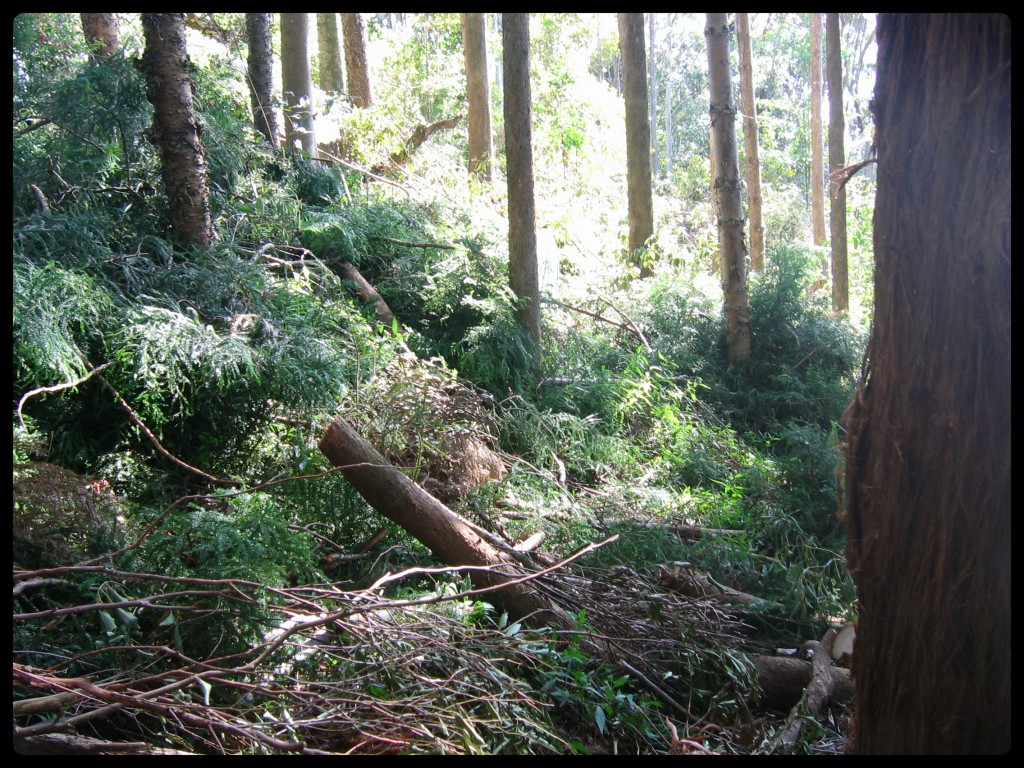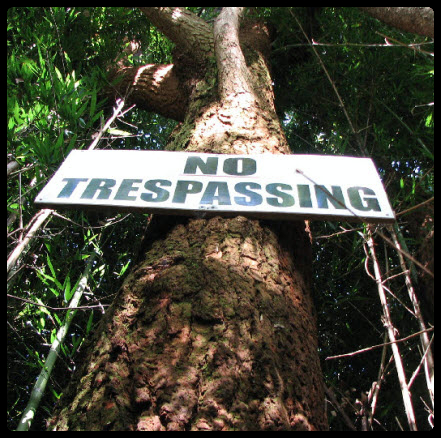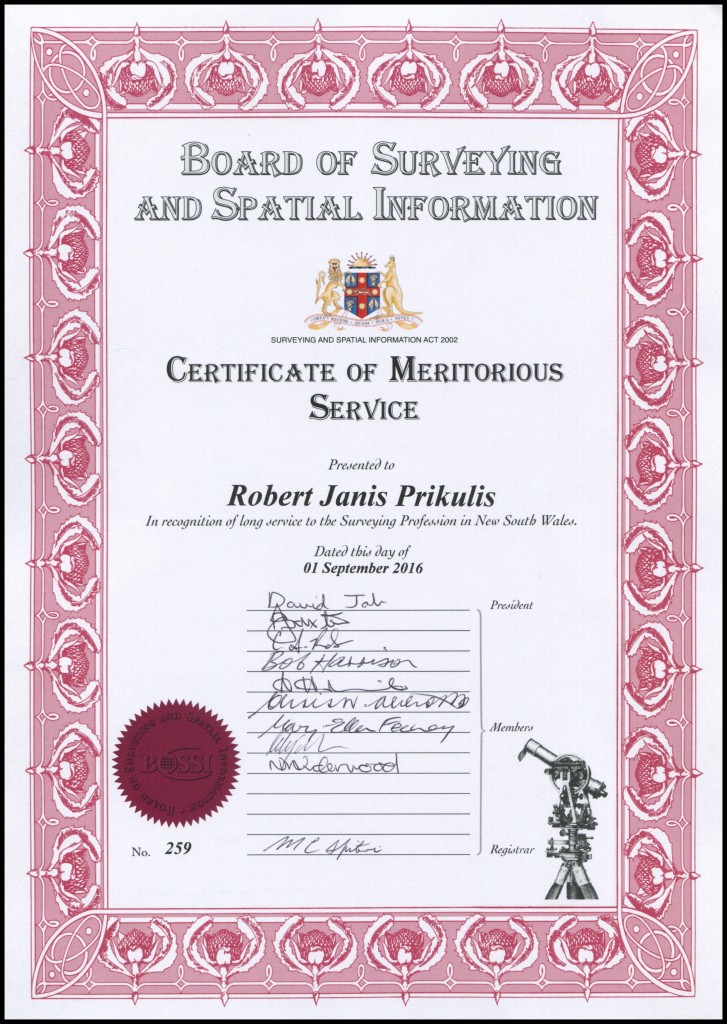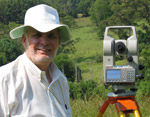Are Byron Shire Council’s complaint procedures a potential train wreck ? Suggestions for Council to stay directly on the right track.
.
A small history review
Back in the year 2005, I made my first representation to Byron Shire Council concerning the environmental protection of mature native trees. Council’s response to me, in part, in their letter to me dated 25 July 2005, and I quote – “The resources of Council’s Compliance Department do not allow for an immediate response to each request for Council action.” As evidenced by my previously published article, Byron Shire Council’s Compliance Department’s responses have been failures.
In the year 2017, Council still maintains the same line of procrastinations, with not much apparently being done. On Friday 26 May 2017, I made complaint representations to Council for their consideration. Unless otherwise notified by Council, my understanding is up to a week later, no on-site inspection had been made to assess my complaint. However, Council had the management resources and time to prepare a 4 page official letter which was forwarded to me by email at 2.59 pm on 2 June 2017, which in essence included Council’s following final statement to me, and again I quote in part – “As a result of this, all future communication with Council must now be made in writing by post to the General Manager…..or by email…” This aforesaid commentary demonstrates Council’s unfettered discretionary powers and dealing with community ratepayers with impunity. Welcome to the Byron Shire and the old “shoot the messenger” syndrome.
How did Robert respond to all of this
Prior to receiving Council’s elaborate 4 page letter on the afternoon of 2 June 2017, earlier at 12.14 pm, I forwarded to the General Manager of Byron Shire Council my concerns at not being able to make phone contact with specific Council officers, who were aware of my complaint representations. A copy of my email to the General Manager is noted below.
It is important to understand that prior to forwarding this email, earlier that same day, I had not been able to make contact by phone with relevant Council officers, even though I was asked to call back in half an hour’s time, which I did, and I was still not afforded the courtesy of access.
________________________________________
Mr Ken Gainger
General Manager
Byron Shire Council.
Good afternoon Ken,
We have tried unsuccessfully four times by phone
this morning to make contact with Council personnel
who have discussed case number CRM #### with us
previously.
The intended purpose of our proposed calls this morning
was to provide relevant positive and helpful update information
to this case.
As evidenced by our case number, Council appears to be
overwhelmed with complaint enquiries and seemingly, has
insufficient staff to deal with these matters.
Could you please encourage one of your two staff who have
been directly involved with this case to kindly contact us again
in a timely manner, so we can provide our update.
We fully understand how overwhelmed Council are with the
magnitude of complaints received from the Byron Shire
community, and perhaps consideration should be given to
streamlining this process and determining why there are so
many complaints directed to Council from within our community.
Our experience has been that when phone contact is attempted
to be made, brick walls are put up by ancillary staff. The message
we are getting from Council is – please do not contact us as we are
far too busy to get interested.
At the same time, it is more than acceptable for Council to receive
prompt rate payments from us for the past 38 years.
Your assistance is requested.
Sincerely,
Robert and Gillian Prikulis
__________________________________________
The CRM concealed number referred to in my above email represents the cumulative logged complaint numbers since 1 January 2017. At the date of my original complaint submission on Friday 26 May 2017, it was running at more than 4,700, implying that at this year’s half way mark, it could be more than 5,000. The number of ratepayers currently existing in the Byron Shire is about 15,300. If my submitted figures require correction, please advise me.
Additionally, find below, our extract email response made at 4.21pm on 2 June 2017 to the earlier 4 page letter emailed to me from the Byron Shire Council.
___________________________________________
Good afternoon #######,
I am dictating this email to my wife, as I have a blindness condition.
We are disappointed with your unjustified letter to us forwarded in
your email at 2.59 pm today.
It is important to note that our legitimate enquiry phone calls were
made by both my wife and myself.
We were asked to ring back in half an hour, which we did to our
contact person, which was again unsuccessful.
The purpose of our phone contact, which did not happen, was to pass
on important positive update information about our case. This
opportunity was denied to us, and we now receive your template rebuke
to our attempt to be helpful in this matter.
Your letter response to our attempt to make contact with Council
officers was over the top and unwarranted.
Copied below is our email forwarded to your General Manager,
Mr Ken Gainger, at 12.14 pm earlier today.
Our intention is to make representation on this matter and your
letter forwarded to us, to elected Councillors, being community
representatives.
We simply find your letter of today most unreasonable, extreme, not helpful
and unacceptable to us.
Sincerely,
Robert and Gillian Prikulis
Coorabell
__________________________________________________
On the evidence of Council’s letter to us, it appears that the right hand does not know what the left hand is doing. Council’s 4 page emailed letter makes no reference to my earlier email of that day addressed to the General Manager.
My suggestions to Council to facilitate an improved complaints management system
- Practise a professional Public Servant ethos with ratepayers and other persons who try to make complaint representations to Council. Continual procrastinations and excuses do not represent proper attention to the job.
- The extremely high numbers of complaints logged by Council staff represents a serious level of dissatisfaction within the Byron Shire community. Council’s capacity to properly deal with the high numbers of complaints no doubt results in staff stress itself, and associated stress to the person making the complaint. Perhaps more staff and better systems could be implemented to address these growing failures.
- Council’s attitude to the Byron Shire ratepayers and community’s complaints needs a new direction. More fruitful time could be spent dealing with the work rather than writing 4 paged template rebukes.
- To properly undertake this investigation work, Council could consider introducing a payment system to register and log complaints made, in order to effect results in a timely manner. This may result in a decrease of complaint numbers.
- Council should consider a methodology to actually deal with complaints so that persons know where they stand after a complaint is made and logged. Within Council’s website, an online chronological data base should be established, open and accessible to the community with numbered complaints being able to be tracked online to ascertain Council’s progress and decision to the complaint made. Similar to how a DA can be tracked today online. This type of open system will bring more certainty and less stress to all stakeholders.
- If a person is dissatisfied with Council’s decision regarding a complaint made, Council should put in place the opportunity of an appeal process to that decision for the interested person.
The purpose of my article is to attempt to facilitate a much needed investigative review of the current, in my view, failing practices by Byron Shire Council and their need to lift their game in the management of the existing complaint procedures and processes.
All we wanted to do was to provide a positive update of our complaint to Council.
.
.Staying on the rails, on track and heading in the right direction,
should be Council’s Objective.
.
































